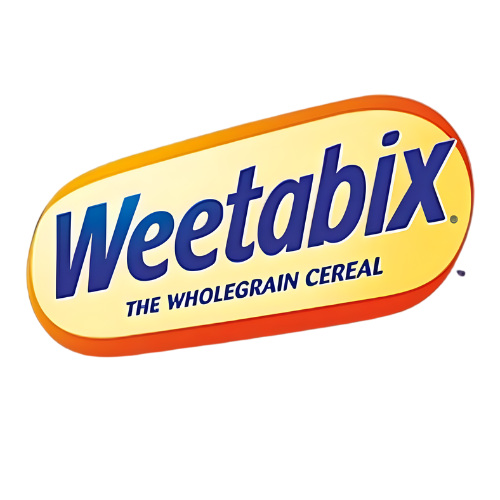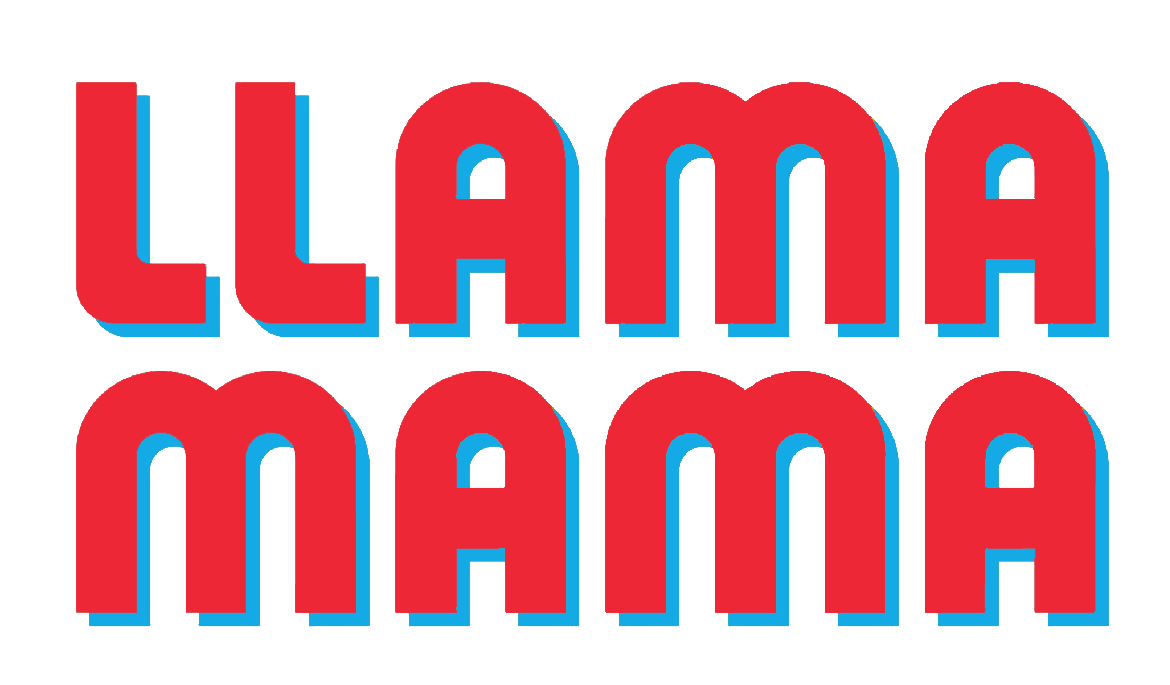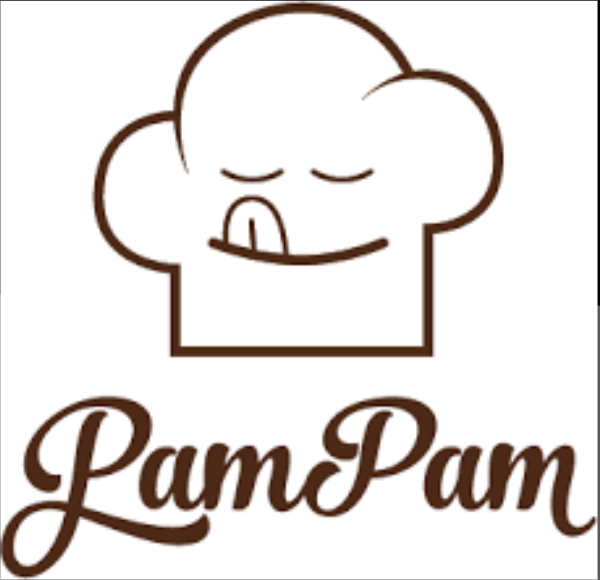For a beverage that takes time to brew, the pace of innovation in the coffee industry moves like lighting. So does the market surrounding it. From climate change and supply vulnerability to a new generation of coffee drinkers and their unique consumption rituals, coffee market trends are changing fast.
It’s an exciting and innovative space to play in, but it’s easy to lose track of the market.
That’s why we asked two leading coffee industry experts to share their perspectives on the trends shaping the coffee market. Together, Raphaëlle O’Connor, Founder and CEO of inewtrition, and Felipe Cabrera, Founder and CEO of Ad Astra Coffee Consulting, have 40+ years experience consulting in the Coffee and Beverage space. Read on to discover everything you need to know to drive your coffee product’s innovation.
Looking for a richer take? Check out the video recording of our discussion for extra expert takes on coffee market trends and where they’re heading next.
Introducing the Experts
Raphaëlle O’Connor
Dr. Raphaëlle O'Connor is the Founder & CEO of inewtrition. Her significant experience lies in the ideation, development, and commercialization of food chemistry, food science, and food technology using strategic partnership, collaboration and systematic governance processes. She is an expert in product development, dealing specifically with functional nutrition and consumer health and wellness within food and beverage categories, including creating functional beverages, in numerous international markets. She has supported the implementation of product development projects with Wyeth Nutrition, Nestlé, Pfizer, and Amgen.
Felipe Cabrera
Felipe Cabrera is the Founder and CEO of Ad Astra Consulting, which provides consultancy services for a wide range of topics related to the Chinese coffee market and F&B industry. He comes with a rich background in the coffee industry, with significant experience in building coffee businesses. He has also developed and delivered “right-for-market” products, best-in-class product mix of coffees (blend and single origins), equipment, consulting, training, and after-sales services. Felipe’s prior experience includes Director of Wholesale Coffee at Ocean Grounds Coffee Roasters and at V Coffee, both in Shanghai.
The Coffee Market Is Growing Rapidly
The global coffee market is experiencing significant growth, driven by several key factors.
The coffee market is expected to reach US$96.45 billion in 2025 in terms of at-home consumption (revenue generated in supermarkets and convenience stores). Out-of-home revenue - generated in restaurants and bars - will touch US$376.70 billion in 2025. Combined revenue in 2025 is expected to hit US$473.10 billion. The revenue, at home is expected to grow annually by 2.96% (CAGR 2025-2029).
This significant market size reflects high global demand for coffee, stemming from both established markets in North America and Europe and emerging markets where coffee consumption is growing rapidly.
Several factors contribute to this robust expansion:
Demographic Shifts
- Younger Coffee Drinkers: Consumers are starting to drink coffee at a younger age, with Gen Z beginning around 15 years old, compared to Millennials who started at 18-20 years old.
- Lifestyle Choice: Coffee has become a trendy and versatile beverage, compatible with various flavors and non-dairy milks, making it popular across different age groups and cultures.
Café Culture and Lifestyle
- Emerging Markets: Café culture is growing rapidly, especially in non-drinking emerging markets where coffee is becoming a lifestyle choice.
- Regional Expansion: Countries in Eastern Europe and the Middle East, such as Romania, Lithuania, Slovakia, and Saudi Arabia, are developing strong coffee cultures.
Geographic Growth
- Asia: With 60% of the world's population and a median age of 31 years, Asia presents significant growth opportunities. Countries like Indonesia, India, the Philippines, Thailand, and Vietnam are notable as both consumers and producers of coffee.
- Check out our deep dive into coffee market trends in Asia here.
Who’s Drinking Coffee?
The demographic landscape of coffee consumers has shifted dramatically. While most adults drink coffee, Millennials and Gen Z drive innovation within the coffee market. These two generations, accounting for 52% of the global population, are crucial consumer bases.
Millennials and Gen Z are the most connected generations, with much of Gen Z never knowing a time without the internet. They are racially and ethnically diverse, exposed to various cultures and tastes, and show a strong preference for sustainable and ethically produced goods.
Crucially, Millennials and Gen Z prioritize convenience. While they enjoy beverages spanning a range of temperatures, brewing styles, and functionalities, they want products that are easy to purchase, prepare, and consume. This demand is fueling innovation across the industry, including growth in RTD and mix formats, and the rise of App-powered coffee ordering.
Millennials and Gen Z are changing the face of innovation - check out how in our article on the top 41 food and beverage innovations.
How Consumers Buy, Order, and Consume Coffee
Rituals Are A Key Coffee Market Trend
Coffee rituals enhance the overall experience of coffee consumption. These rituals involve not only drinking coffee but also its preparation and presentation. Traditionally, rituals ranged from the Italian morning espresso to the methodical pour-over coffees favored in Japan.
However, modern shifts, driven by social media and rapid lifestyle changes, are transforming these rituals. Today's coffee rituals focus on speed, convenience, and innovation, adapting to technological advancements and changing consumer preferences.
Our experts advise every brand to understand the rituals at the center of preparation and consumption of coffee at-home and in coffee shops.

Trends In At-Home Coffee Consumption
With rising inflation and strained budgets, consumers seek the coffee shop experience at home using value formats and blends that replicate barista coffee. Instant coffee and mixes are growing in popularity globally. This trend is driven by younger consumers who want coffee shop-style drinks at home without the high cost or elaborate preparation.
Coffee Shop Trends: Experience is Key
Coffee market trends have evolved through five waves, beginning as a simple commodity post WW2, and becoming increasingly sophisticated with each wave. We are now in the fifth wave, which focuses on the experiential and business aspects of coffee.
This wave integrates technological advancements with traditional brewing techniques. It is creating new products and experiences for a tech-savvy consumer base—Millennials and Gen Z. Innovations include smart ordering systems, adaptable café layouts, and sustainable materials in café and packaging design.
These trends create spaces that are not just for drinking coffee but also serve as social and environmental statements. For example, Neo-futurism in coffee shops blends aesthetic appeal with functional design, emphasizing sustainability and better consumer experiences.
Learn how to create new coffee rituals and experiences for Gen Z consumers. Check out insights from Raphaëlle and Felipe in this webinar:
Developing New Coffee Products and Concepts
Raphaelle says developing new coffee products requires a deep understanding of consumer sensory preferences. Coffee has over 250 compounds influencing its sensory aspects. The two main varieties—arabica and robusta—offer different sensory attributes which can aid the innovation of new flavor profiles for a wide audience.
Caffeine Reduction Is A Notable Coffee Market Trend
Consumers the world over, but especially in western markets, seek lower caffeine beverages according to Mintel. Concerns over caffeine's effect on sleep quality and a desire to avoid jitters drive this trend.
This presents an opportunity for brands to meet demand with not only decaffeinated, but reduced/ low caffeine coffee offerings. When it comes to marketing these products, our experts advise clear messaging around caffeine content and tapping into evening occasions.
Sustainability Remains A Key Coffee Market Trend
Sustainability is crucial in the coffee market due to climate change's impact on crop quality and availability. Ethical production practices, linked to coffee prices, are essential. Consumers increasingly seek environmentally responsible brands - especially millennials and Gen-Z.
Yet the primary reasons people buy coffee are still taste and indulgence. This explains why many are hesitant about sustainable innovations like lab-grown coffee. Coffee brands must aim to merge great taste with eco-friendly practices.
Investing in climate-resilient beans and other earth-friendly solutions is crucial for meeting consumer expectations while protecting the planet. For instance, Nescafé, has a dedicated section on their website detailing their sustainable sourcing methods and farming practices, educating consumers on their commitment to sustainability.
Trends in Coffee Product Formats
During the pandemic era, at-home consumption of coffee increased, boosting sales of instant coffee, coffee mixes, and ready-to-drink (RTD) coffee. The trend remains strong, especially with recent inflationary pressures in markets across the world.
These formats appeal to budget-conscious consumers seeking convenience without compromising quality. Brands offering barista-quality experiences at home are particularly successful. This is giving rise to demand for novel techniques to preserve the complex flavor profile of quality coffee in RTD formats.
Understand the latest trends in coffee across different regions and what’s driving them with the help of industry experts. Contact us.
Challenges and Opportunities Shaping Coffee Market Trends
The coffee market presents brands with numerous opportunities to grow but also a number of challenges to address.
Opportunities in the Coffee Market
- Demand from new markets: Consumers in developing regions like Asia and Eastern Europe today have more disposable income and aspirations of more Westernized lifestyles. Coffee is seen as a major part of this lifestyle, thus offering significant scope for growth in traditionally tea-drinking emerging economies.
- Product innovation: Consumers – younger ones in particular – are always on the lookout for something new and innovative. Coffee’s versatility as a drink means that there is a lot of potential to experiment with new flavors, formats, brewing and roasting methods, and so on.
- Specialty coffees: Not only do consumers want something new, they also want something that helps them stand out from the crowd. This has allowed for the growth of specialty coffees, featuring cues like unique taste profiles and product provenance, among others.
- Functional benefits: Coffee has emerged as a health-positive drink – in moderation – with a slew of functional benefits that appeal to consumers. Energy and focus have always been linked to coffee, but now we’re seeing this expand to weight loss, performance enhancement, products fortified with different nutrients, and so on. Learn more about functional beverage trends in the Thai market.
- Tech-driven distribution: Innovation doesn’t just cover new products, but also new ways of reaching consumers. New technologies allow consumers to engage with coffee and coffee brands through numerous touchpoints – from apps to subscription services to at-home appliances. This allows for more tech- and data-driven personalized experiences.
- Sustainable offerings: Coffee may be plant-based, but it does not have the greatest sustainability credentials as it is one of the highest greenhouse gas emitting foods. Coffee production also comes with a fair share of ethical violations. Consumers are increasingly wanting the products they buy to be eco-friendly and ethical, opening up opportunities for brands that prove these claims.
Challenges facing the Coffee Market
- Increased competition: The immense popularity of coffee has made it a good business opportunity, but it has also made it intensely competitive, especially in developed markets.
- Climate change: Coffee is sensitive to changes in weather patterns, like temperature and rainfall, which can have a significant impact on production. This in turn could impact global supply. As the weather continues to get more unseasonable and more unpredictable, the nature of coffee production itself could undergo a change.
- Price fluctuations: As supply becomes more unpredictable, so will coffee prices, which have been hitting record highs over the past few years. Being unable to have stable supply and prices will impact budgeting and planning for companies.
- Ethical considerations: There is significant concern about the plight of coffee growers themselves. Workers receive low wages as companies look to contain production costs. Small farmers find the crop unprofitable as they have little access to financial support and not enough training.
How Can You Stand Out in a Saturated Market?
Even if you’re up to date with the latest trends, finding success in the coffee market isn’t easy. Saturation puts pressure on brands to do something - anything - different to stand out.
At GourmetPro, we understand the complexities and opportunities within the coffee market. Our seasoned professionals excel in navigating market entry, accelerating growth, and transforming your route-to-market strategies. Leverage our unmatched expertise to capture emerging market opportunities and unlock growth for your brand.
Don't let climate change, price volatility, and rising production costs impede your growth. Our strategic consultants are here to help you overcome these challenges with precision-matched solutions.
Contact GourmetPro today and discover how we can drive your market expansion and success.
Frequently Asked Questions
1. What is the size of the global coffee market?
The coffee market is expected to reach US$96.45 billion in 2025 in terms of at-home consumption (revenue generated in supermarkets and convenience stores). Out-of-home revenue - generated in restaurants and bars - will touch US$376.70 billion in 2025. Combined revenue in 2025 is expected to hit US$473.10 billion. The revenue, at home is expected to grow annually by 2.96% (CAGR 2025-29). These figures include multiple formats (whole bean, ground, instant, and others) and multiple distribution channels (on-trade and off-trade/retail).
2. What are the key drivers for the current growth of the coffee market?
- Coffee is immensely popular with younger consumers who see it as trendy and refreshing as well as offering a range of benefits, including energy and focus. They have even started drinking coffee earlier than their older counterparts.
- It is a versatile drink, as it pairs well with a range of flavors, temperatures, and milk alternatives, making it suitable for different occasions and times of day.
- Countries that were historically not coffee drinking markets are seeing a surge in demand as consumers here take to coffee for its aspirational image and functional properties. Companies here are changing the face of coffee innovation as they tweak offerings to better suit the local requirements.
3. What are three product trends emerging within the coffee market?
- Caffeine reduction: Consumers are concerned about caffeine’s effect on sleep quality and focus. As such, there is a push for low-caffeine options, particularly naturally occurring options. In recent years, the coffee market has seen low-caffeine varieties emerge, like Aramosa, Laurina, and Coffea eugenioides. These are all still quite rare and quantities sold are low as production is limited, but some brands have started to offer these to consumers. Low-caffeine versions called “half-caff” or “split shot” are also available which are blends of caffeinated and decaffeinated beans.
- Sustainability: Among plant-based foods, coffee has the second-highest rate of carbon emissions (after chocolate). Producing 1 kilogram of coffee accounts for 17 kg of greenhouse gas emissions. Coffee production has a high carbon footprint primarily due to deforestation – significant tracts of forest land are cleared to make way for coffee farms. Younger consumers in particular have expressed a preference for environmentally responsible brands of coffee. There are now several certifications tell producers and consumers how sustainable their coffee actually is, from supply to fair wages to workers. There are also emerging companies that are making and selling coffee that is lab-made as an alternative.
- New formats: Consumers have been showing interest in at-home consumption occasions but with café-style products. This interest started because of need during the pandemic, but has now expanded post-COVID due to significant price increases. Taste and convenience are primary drivers, so there are several new formats like freeze dried instant coffee, coffee mixes, ready-to-drink (RTD) products, pods, concentrates, and so on. Novel techniques to preserve the complex flavor profile of quality coffee in RTD formats are also gaining ground.
4. How can coffee brands market to Gen Z consumers?
Gen Z has emerged as a strong consumer base, shaping the future of all food and beverage sectors, including coffee. They account for an estimated 30% of the global population and have significant spending power. As the first generation of digital natives, Gen Z consumers have shown a strong inclination towards tech-enabled and personalized experiences as well as social and environmental causes. They also want convenience and added value from what they consume, and this has resulted in how coffee brands are responding to their needs. Digital-first ordering, customizable orders, a range of options in flavors and milk/alt milk options appeal to these consumers. At the same time, they also want memorable experiences that they can share on social media.


%206.png)
.svg)






.svg)



.svg)
.svg)
.svg)

.svg)






















































.png)














































